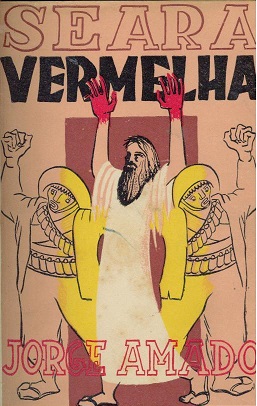- Messages
- 17,505
- Location
- New York City
Christmas at the New Yorker: Stories, Poems, Humor, and Art, first published in 2003
Christmas at The New Yorker: Stories, Poems, Humor, and Art is an anthology of short stories, cartoons, covers, and comical or satirical asides sampled from over eighty years of the The New Yorker, one of the twentieth century's most successful literary magazines.
Along the way, some literary heavyweights – including John Updike, Vladimir Nabokov, Clifford Odets, John Cheever, Garrison Keillor, and others – pop up with wry, heartwarming, and irreverent Christmas tales.
A few – including Cheever's tale of gift giving warping into class consciousness, Nabokov's poignant portrayal of grieving at Christmas, and Updike's insightful look at how one man's death affects an entire community - are yuletide classics that appear in many Christmas anthologies.
Divided into amorphously wispy categories – Family Matters, Holiday Spirits, Christmas Carols, and the like – that won't mean much to readers, they give the editors a chance to move back and forth amongst years, which is fun.
Part of the anthology's appeal is seeing how Christmas writing changes over the decades. While some of the early asides feel hokey today, others are just as cynical as our modern take on Christmas often is. Even so, sentimentality was clearly more acceptable decades ago.
Being a product of New York City’s literary world, the anthology reflects the standard elitist philosophical bent toward collectivism, paired with a general sneering at capitalism. That bias has been amazingly consistent in "highbrow" publishing for generations.
Throughout, you'll see a commonality between the past and present – the commercialization of Christmas is always lamented – but also unique features to each decade – religion was woven into the fabric of 1930s life, and war rationing is all over the stories from the early 1940s.
Peter De Vries’ "Flesh and the Devil," a 1950s tale about a husband seeking kudos from his wife for not cheating on her after getting liquored up at the office Christmas party, is a time capsule of midcentury America.
Conversely, 1940's "The Spirit of Christmas" by Sally Benson – showing Christmas being reduced to a cold calculation about Christmas card lists and strategies – will feel modern to many who today find Christmas a series of obligatory gifts, cards, and greetings.
Away from the stories, the satirical asides – a persnickety department store Santa writing "true confession" stories off season, a judge reading charges against a house-robbing Santa, and a 1970s Santa telling hippies to watch whom they call "irrelevant – " tamp down the sentimentality.
The quality of the illustrations spread throughout is wonderful. There's a heart and nuance to how they capture the look and feel of the era; something perhaps being lost today in our cost-free-pictures and computer-generated-images era where illustration is a rare art.
The whole of Christmas at The New Yorker doesn’t amount to more than the sum of its good parts, as it lacks a unifying theme or consistent style, aside from a touch of highbrow snark. Still, for a quick, fun trip down a metaphorical Christmastime memory lane, it's an enjoyable read.




